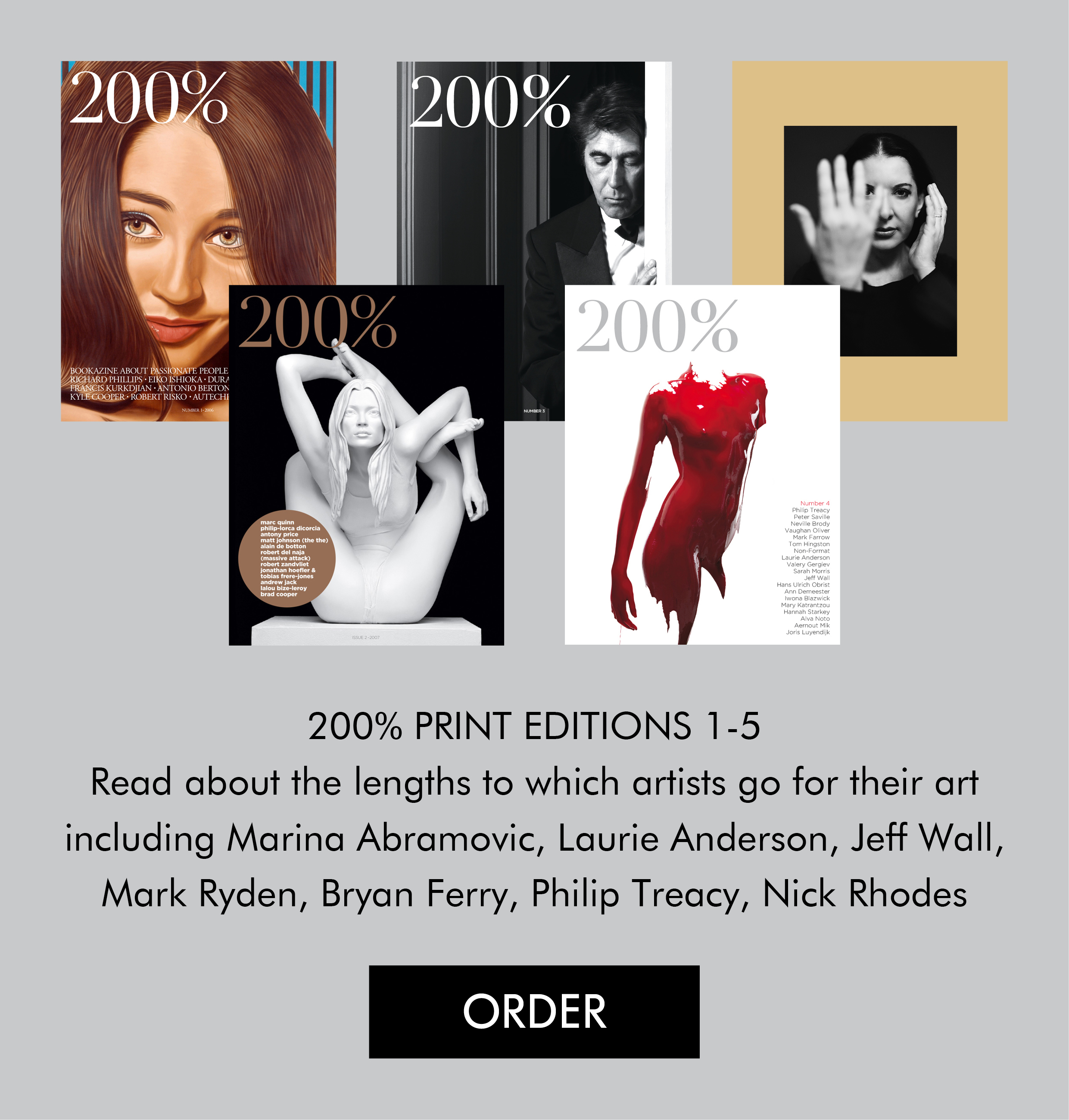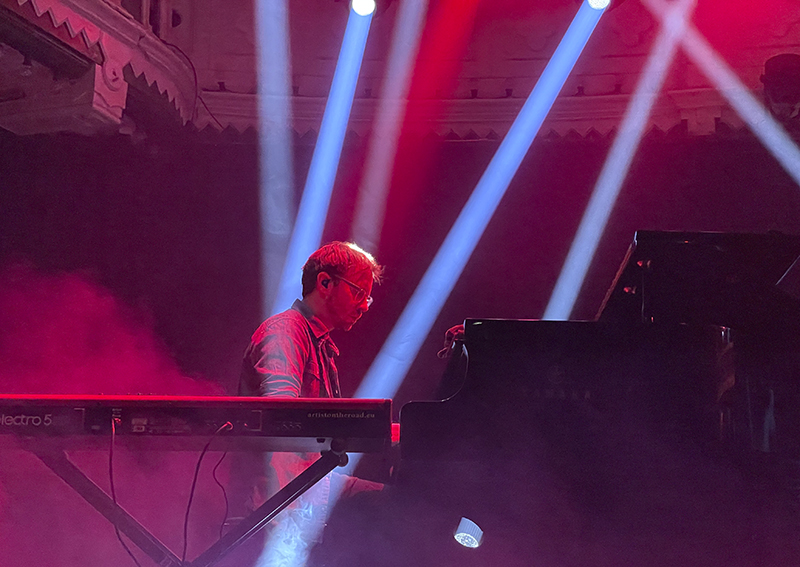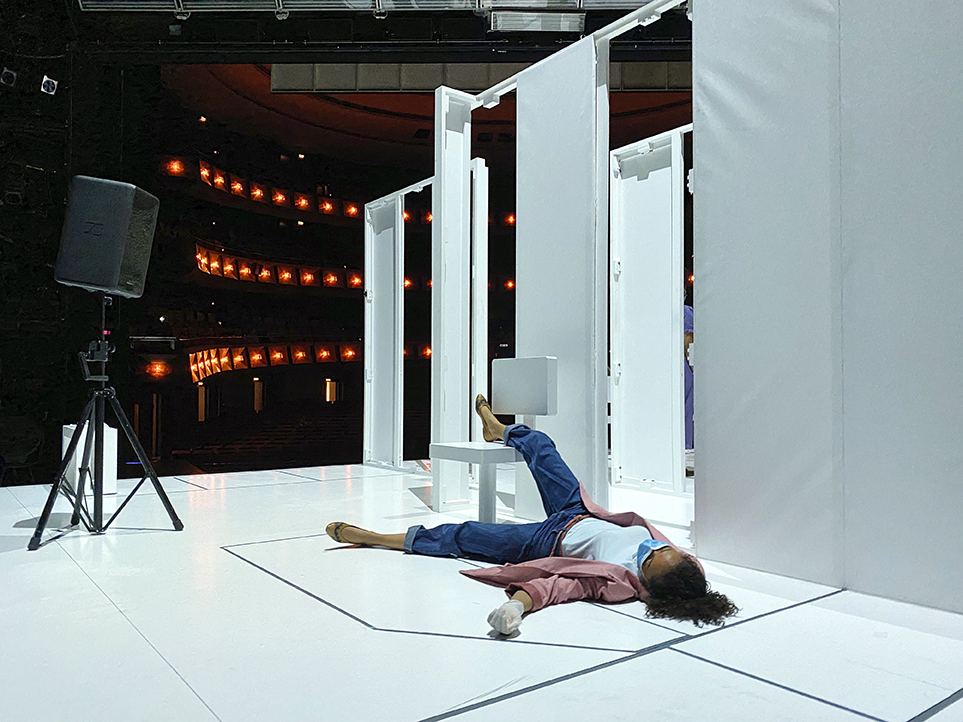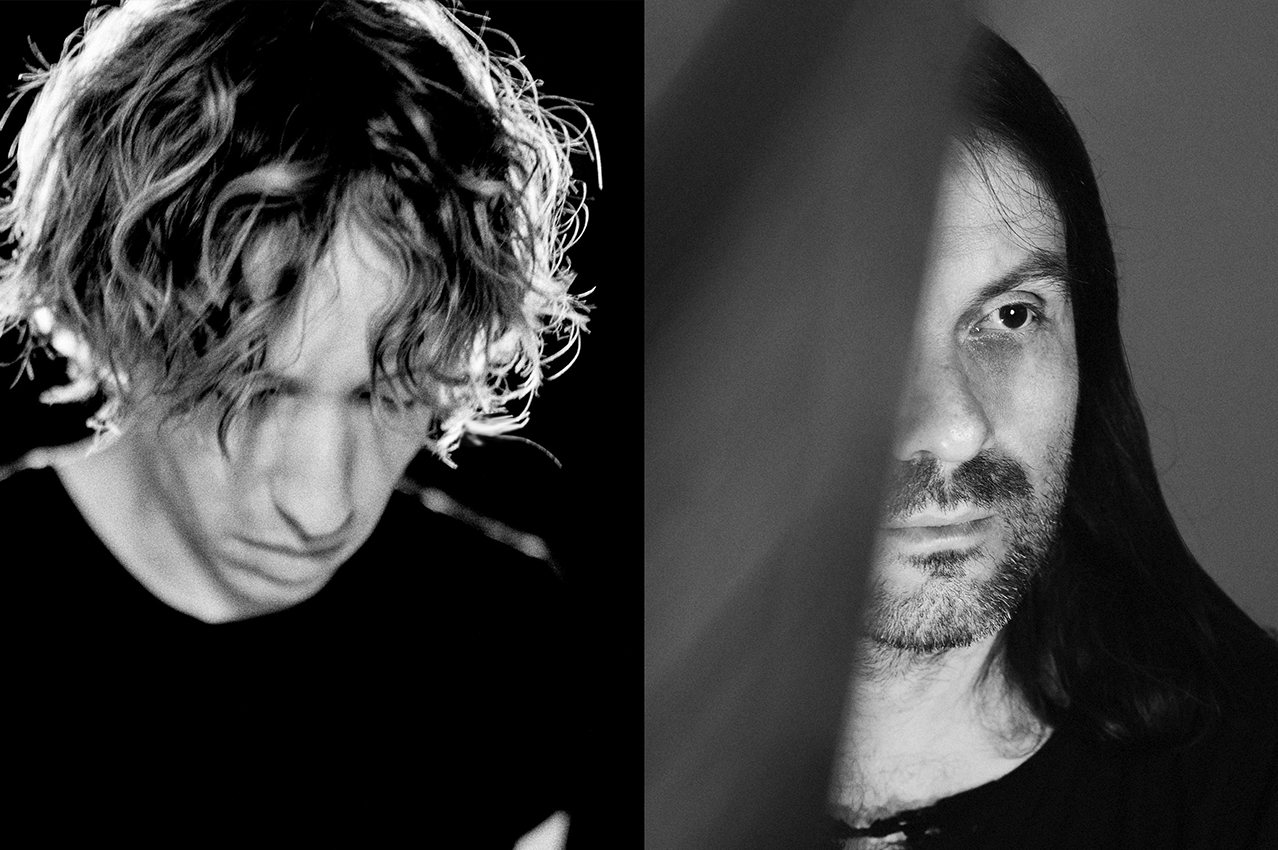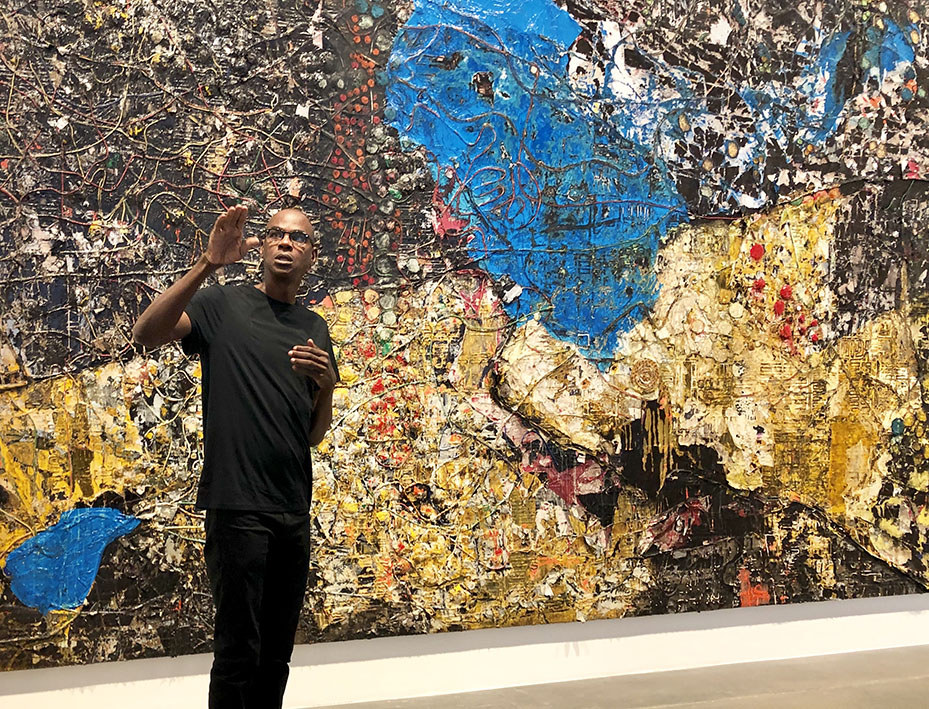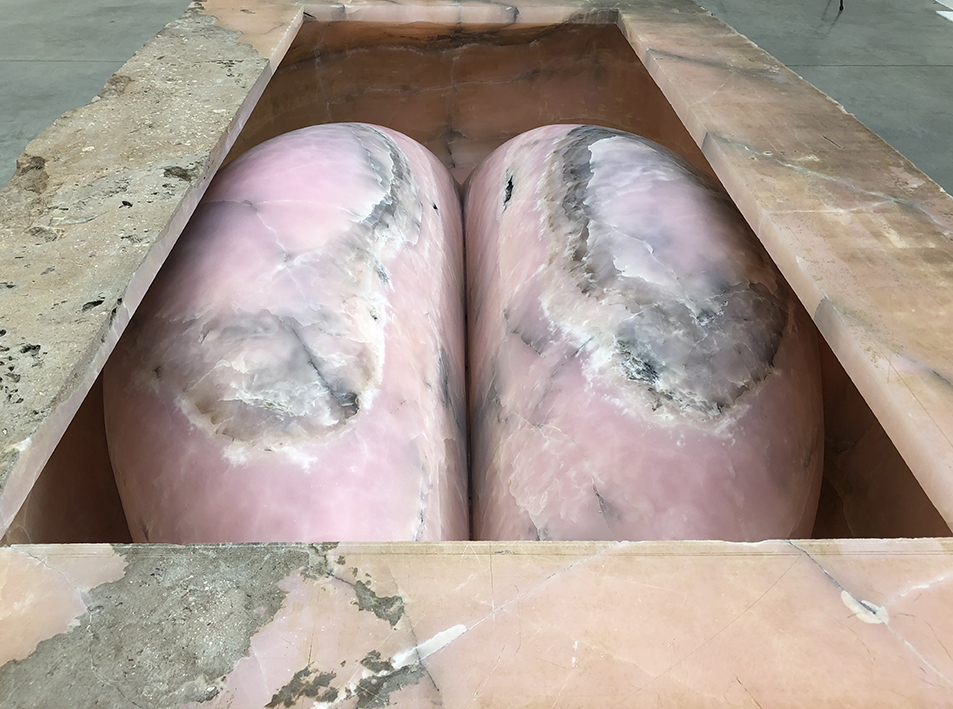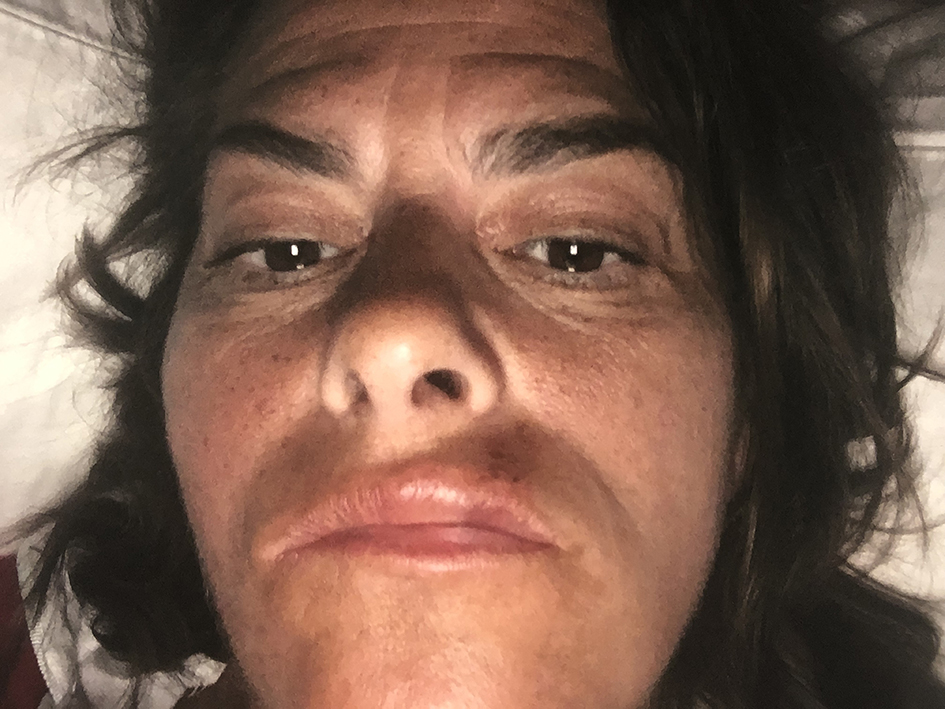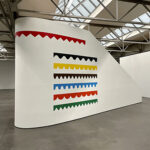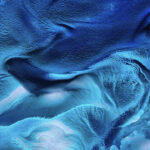 An interview with the Dutch artist, Robert Zandvliet, wherein we discuss his latest show ‘I Owe You The Truth In Painting 1650-2012’.
An interview with the Dutch artist, Robert Zandvliet, wherein we discuss his latest show ‘I Owe You The Truth In Painting 1650-2012’.
200%: At the beginning of your career you didn’t know what to paint and started to paint just simple objects in a minimalistic manner. Through the years you have found your own signature in painting. When you started with this exhibition did you have (initial) doubts not to produce autonomous work but to dedicate an entire exhibition where the works of other artists were the point of departure?
Robert Zandvliet: In the very beginning I had a lot of doubts. I questioned myself as to whether it was acceptable to make a series of paintings using the work of others. I questioned myself as to whether it was not too easy. I was afraid that people would argue about it and say; “He doesn’t know what to paint anymore. When I continued, though, I realised that it was not commenting on the other artists work. It was neither homage nor parody. I just used the works of others to question myself as to how I would solve certain problems. In the end I made an autonomous painting. I just adopted the title of the work I used as I thought that that would be the most honest way to show the origin of the work.
200%: When I interviewed you earlier you described yourself as an analytical painter. Was that what triggered you to have an exhibition whereby you analyzed each work of the artists pragmatically and undressed the image and unravelled it down to the bone?
RZ: It wasn’t the reason, the trigger, to start the series but of course it helped me to get deeper into the ‘soul’ of the work of the other artist.
 200%: Have you, as an artist, become more intuitive in painting through the years?
200%: Have you, as an artist, become more intuitive in painting through the years?
RZ: To be honest, in this range I became less intuitive. The reason was, that for each painting, the frame with which I started – another artist’s image – was very tight in terms of restrictions. When, after undressing the image, I knew how I wanted to paint the painting. I tried to paint the painting in one session. That’s maybe the reason why the paintings look more intuitive.
200%: In the catalogue of the exhibition you say “copying is the foundation of painting”. Can you elaborate as to what you mean by that?
RZ: We used the text from the book based on an image of the painting ‘Seascape at Beidaihe’. In this painting I stay very close to the original image of the Chinese painter Wu Guanzhong. In a way I was copying this work. In the Chinese conscious, copying has a completly other meaning to that of the Western conscious. Thus, we used this text to trigger the readers’ thoughts about the meaning of the origin.
200%: The title of your show, ‘I owe you the truth in painting’, is a derivation of ‘I owe you the truth in painting and I will tell it to you’, which the post-impressionistic Paul Cézanne wrote in a letter to Emile Bernard in 1905. To whom do you owe the truth? To the audience? To the artists original works?
RZ: To the spectators; maybe above all, though, to myself, my talent that I have the obligation to get the very best out of it.
200%: You’re engaged in a quest for the truth in painting, but you commented that you are “fully aware that there is no such thing to be found”. Why do you keep pursuing it then?
RZ: It’s the quest – my Holy Grail.
200%: For this exhibition, you have also taken your own work as a point of departure, such as a series of cinema screens paintings in the 1990s. Was there a difference in taking the work of another artist and your own work as a point of departure? Was it, for instance, more personal?
RZ: No, it wasn’t more personal. I treated my own work as I treated the other works. Of course, I knew exactly which work I had to chose. From the very early start of the range I was convinced that the last work in the exhibition had to be a painting after my own ‘Cinema’ painting of the 1990s. The difficulty was to see it anew – to not make the same image again.
 200%: You commented in the catalogue that the selection of the images on which you chose to base your paintings resulted from a ‘trigger’ in you. Has the selection been influenced by the mental state in which you have found yourself, as a painter, during the last five years, or any other factors?
200%: You commented in the catalogue that the selection of the images on which you chose to base your paintings resulted from a ‘trigger’ in you. Has the selection been influenced by the mental state in which you have found yourself, as a painter, during the last five years, or any other factors?
RZ: The trigger can be anything and can be influenced by anything – sometimes I even don’t know. The thing is that I just recognised the quality of it in the image.
200%: In contrast with your other exhibitions there is hardly any colour in this show, which makes the mood of the exhibition quite sombre, melancholic. It is perhaps the darkest Robert Zandvliet exhibition thus far.
RZ: With each work I wanted to get to the core, to the essence, and therefore stripped down to the colours. That’s the reason why there is little colour in this show. It was a ‘narrative’ decision. For some people, it might be the reason why the work comes across as sombre. I can tell you, though, it was not related to a particular dark state of mind in which I was during the time I made the work; in fact, I was in quite an optimistic period of my life.
 200%: ‘Pyramide de Cranes’ after Paul Cézanne is quite a dark work that features three skulls.
200%: ‘Pyramide de Cranes’ after Paul Cézanne is quite a dark work that features three skulls.
RZ: That work is from 2008. When I was working on my series of portraits for my exhibition in 2006 at Onrust Gallery, I painted a series of skulls at the end of that process. This work is a transitional work of that period.
200%: The tool that you use for ‘Winter bij Jouswier’ to paint the roofs of the houses or the stroke in ‘Oceaan en Pier’ – is it created with a Bricklayers trowel?
RZ: No, I use brushes that paper hangers also use. These are the large brushes (about 30 cm wide) that you can find at a regular paint shop.
 200%: In the catalogue you say: “I see my own capabilities and limitations; I compensate for what I lack with other qualities”. What would you consider to be your limitations and qualities?
200%: In the catalogue you say: “I see my own capabilities and limitations; I compensate for what I lack with other qualities”. What would you consider to be your limitations and qualities?
RZ: The lack of qualities are the opposite of my qualities. Thus, if I’m good in black and white, my colour skills are less. I think it’s better that others speak about my qualities.
Interview conducted by Thierry Somers. Images: © 2012 Robert Zandvliet. From top to bottom: Pier en Oceaan (Zee en sterrenlucht), 2010; Verolme Rozenburg, 2011; Untitled, 2008; Pyramide de Crânes, 2008; Winter bij Jouswier, 2010.
Robert Zandvliet, ‘I Owe You The Truth In Painting 1650-2012’, GEM The Hague, until 9 September
Robert Zanvliet, ‘I Owe You The Truth In Painting 1650-2012’ catologue, NAI Publishers. http://www.naipublishers.nl/art/robertzandvliet_e.html

